Dr. Sean Tucker, Ph.D. is the Founder and Chief Scientific Officer of Vaxart Inc. ( https://vaxart.com/ ), a clinical-stage biotechnology company developing…
Category: biotech/medical – Page 395
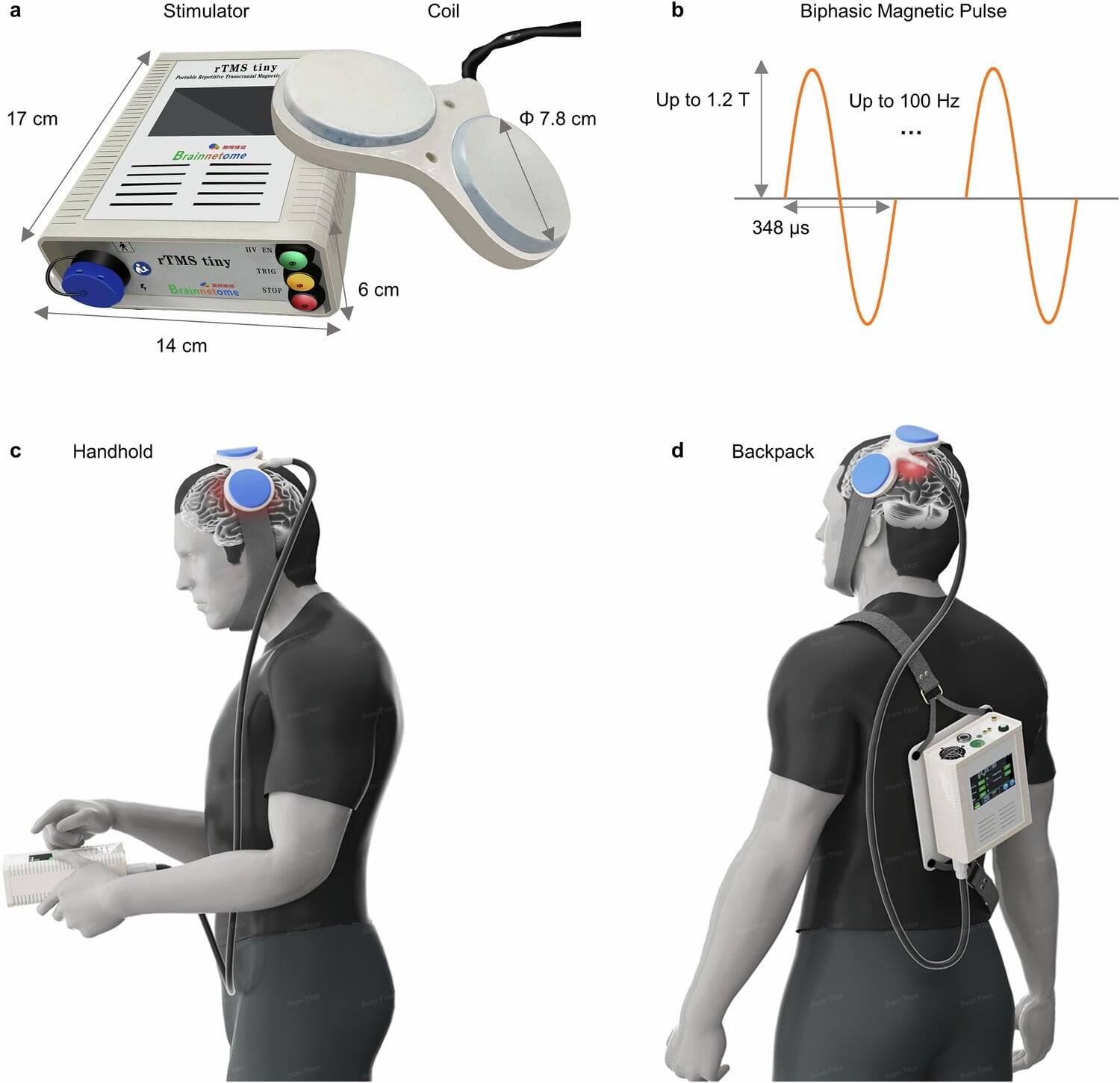
Wearable brain stimulation device could make on-the-go therapeutics a reality
Researchers at the Institute of Automation of the Chinese Academy of Sciences have developed a compact, battery-powered brain stimulation device capable of delivering therapeutic magnetic pulses while a person is walking or performing everyday activities.
Repetitive transcranial magnetic stimulation is used to treat conditions such as depression, stroke-related motor impairment, and other neuropsychiatric disorders. It is also used in cognitive and motor function research.
Existing systems need to be plugged into a power supply and have bulky designs meant for stationary use in clinical settings. These limitations prevent stimulation during natural movement, such as standing and walking, making at-home or on-the-go treatments impractical.
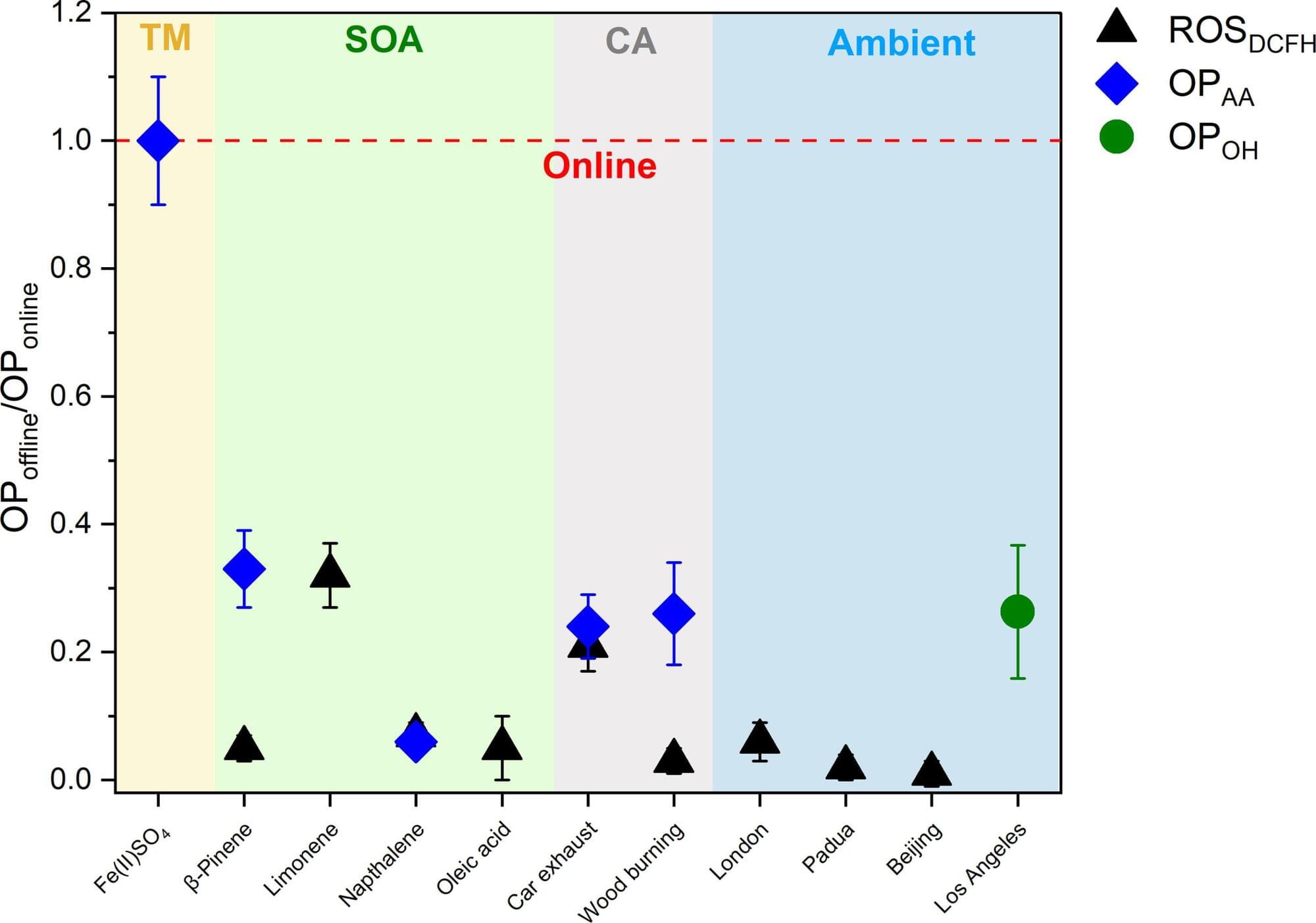
Real-time analysis reveals a much higher proportion of harmful substances in particulate matter than assumed
People breathing contaminated air over the course of years are at greater risk of developing numerous diseases. This is thought to be due to highly reactive components in particulate matter, which affect biological processes in the body. However, researchers from the University of Basel, Switzerland, have now shown that precisely these components disappear within hours and that previous measurements therefore completely underestimate the quantities in which they are present.
From chronic respiratory problems to cardiovascular diseases, diabetes and dementia, health damage caused by particulate matter air pollution is wide-ranging and serious. The World Health Organization (WHO) estimates that over six million deaths a year are caused by increased exposure to particulate matter.
The chemical composition of these tiny particles in the air, which come from a wide range of both anthropogenic and natural sources, is highly complex. Which particles trigger which reactions and long-term diseases in the body is the subject of intensive research.

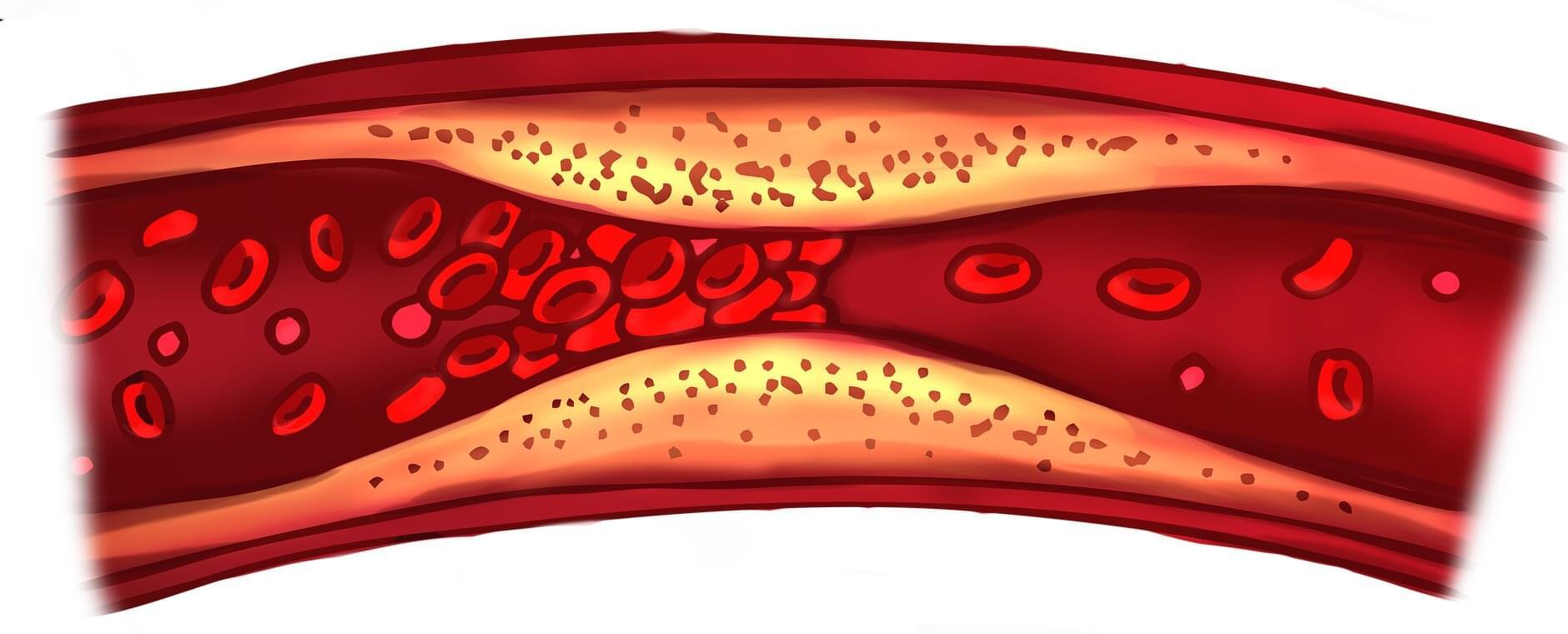
Novel AI-powered imaging technique shows promise in evaluating patients for percutaneous coronary intervention
Patients with narrowing of at least 50% in three major coronary arteries did equally well when treated with a minimally invasive stent placement guided either by ultrasound-based imaging or by a novel, artificial-intelligence-powered (AI), non-invasive imaging technique derived from angiography, researchers reported at the American College of Cardiology’s Annual Scientific Session (ACC.25) on March 30 in Chicago. The work was simultaneously published in The Lancet.
“This is the first such study to be conducted in patients with angiographically significant lesions,” said Jian’an Wang, MD, a professor in the Heart Center at The Second Affiliated Hospital of Zhejiang University School of Medicine in Hangzhou, China, and the study’s senior author. “Patients whose evaluation was non-invasively guided by the novel, AI-powered technique underwent approximately 10% fewer procedures, and their outcomes were comparable with those for patients whose evaluation was guided by a commonly used ultrasound-based imaging technique.”
The study, known as FLAVOUR II, met its primary endpoint, a composite of death, a heart attack or need for a repeat procedure at one year, Wang said.
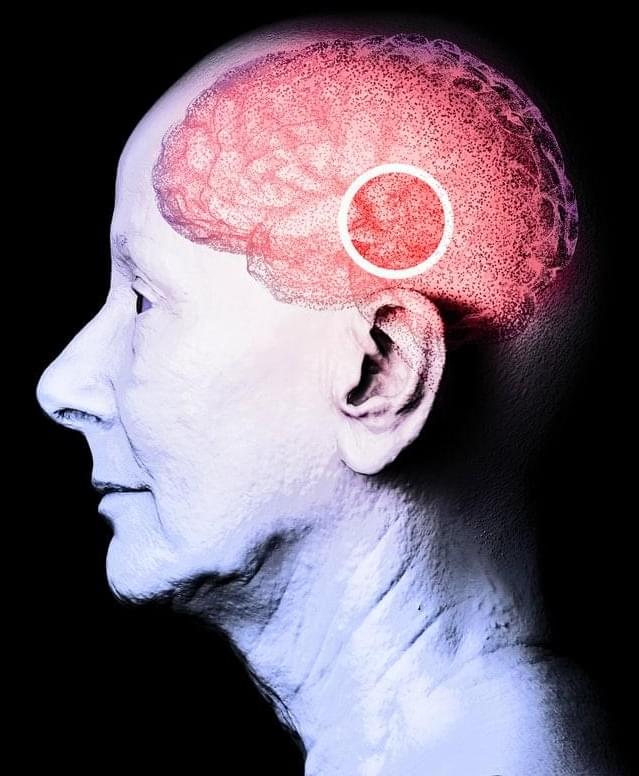
Brain Implant ‘Streams’ a Paralyzed Woman’s Thoughts as If She’s Speaking in Near Real Time
The system, which also synthesizes her voice, takes no more than a second to translate thoughts to speech.
Programmable pixels could advance infrared light applications
Without the ability to control infrared light waves, autonomous vehicles wouldn’t be able to quickly map their environment and keep “eyes” on the cars and pedestrians around them; augmented reality couldn’t display realistic 3D displays; doctors would lose an important tool for early cancer detection. Dynamic light control allows for upgrades to many existing systems, but complexities associated with fabricating programmable thermal devices hinder availability.
A new active metasurface, the electrically-programmable graphene field effect transistor (Gr-FET), from the labs of Sheng Shen and Xu Zhang in Carnegie Mellon University’s College of Engineering, enables the control of mid-infrared states across a wide range of wavelengths, directions, and polarizations. This enhanced control enables advancements in applications ranging from infrared camouflage to personalized health monitoring.
“For the first time, our active metasurface devices exhibited the monolithic integration of the rapidly modulated temperature, addressable pixelated imaging, and resonant infrared spectrum,” said Xiu Liu, postdoctoral associate in mechanical engineering and lead author of the paper published in Nature Communications. “This breakthrough will be of great interest to a wide range of infrared photonics, materials science, biophysics, and thermal engineering audiences.”
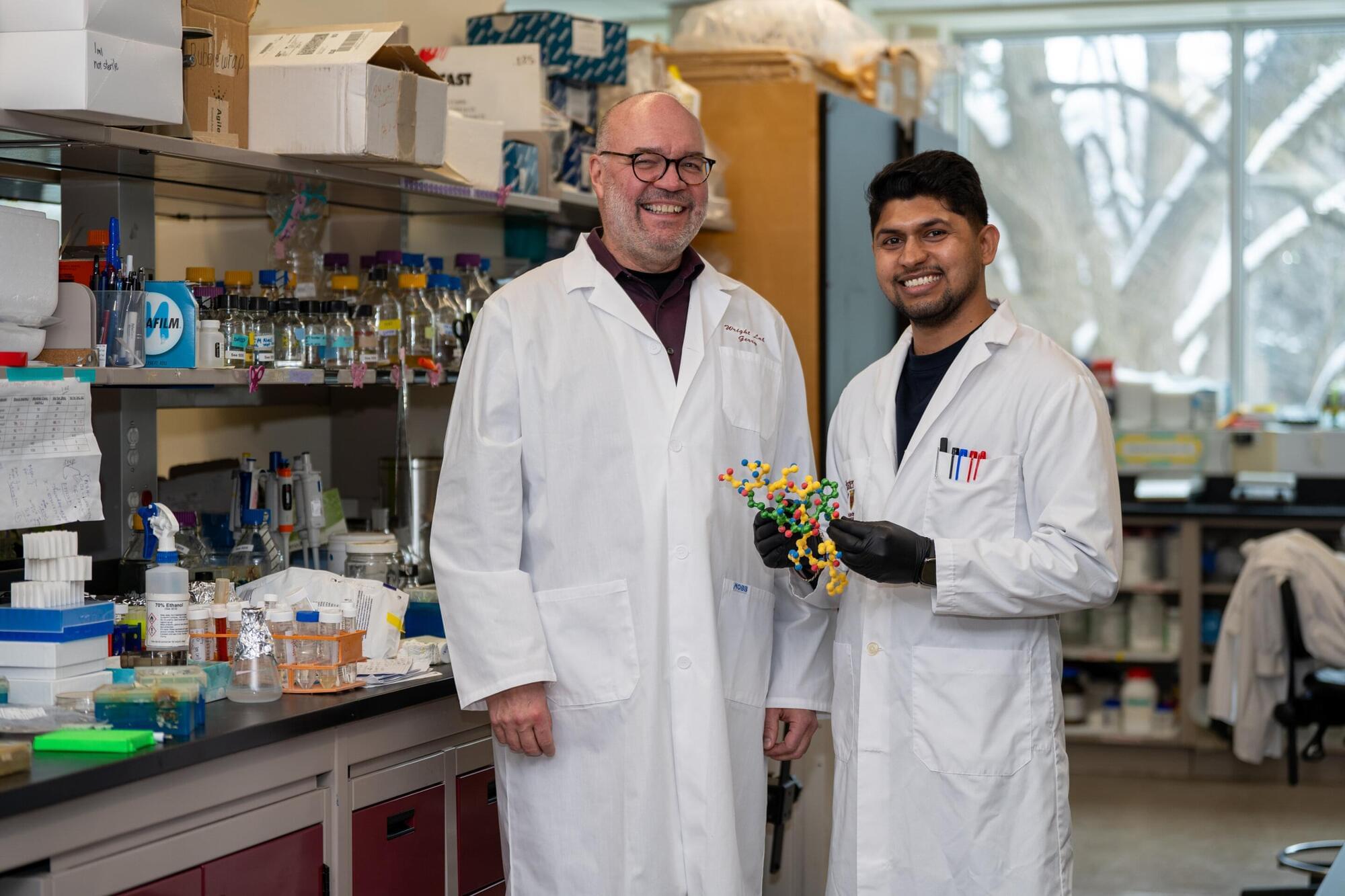
A breakthrough moment: Researchers discover new class of antibiotics
The last time a new class of antibiotics reached the market was nearly three decades ago—but that could soon change, thanks to a discovery by researchers at McMaster University.
A team led by researcher Gerry Wright has identified a strong candidate to challenge even some of the most drug-resistant bacteria on the planet: a new molecule called lariocidin. The findings were published in the journal Nature on March 26, 2025.
The discovery of the all-new class of antibiotics responds to a critical need for new antimicrobial medicines, as bacteria and other microorganisms evolve new ways to withstand existing drugs. This phenomenon is called antimicrobial resistance—or AMR—and it’s one of the top global public health threats, according to the World Health Organization.
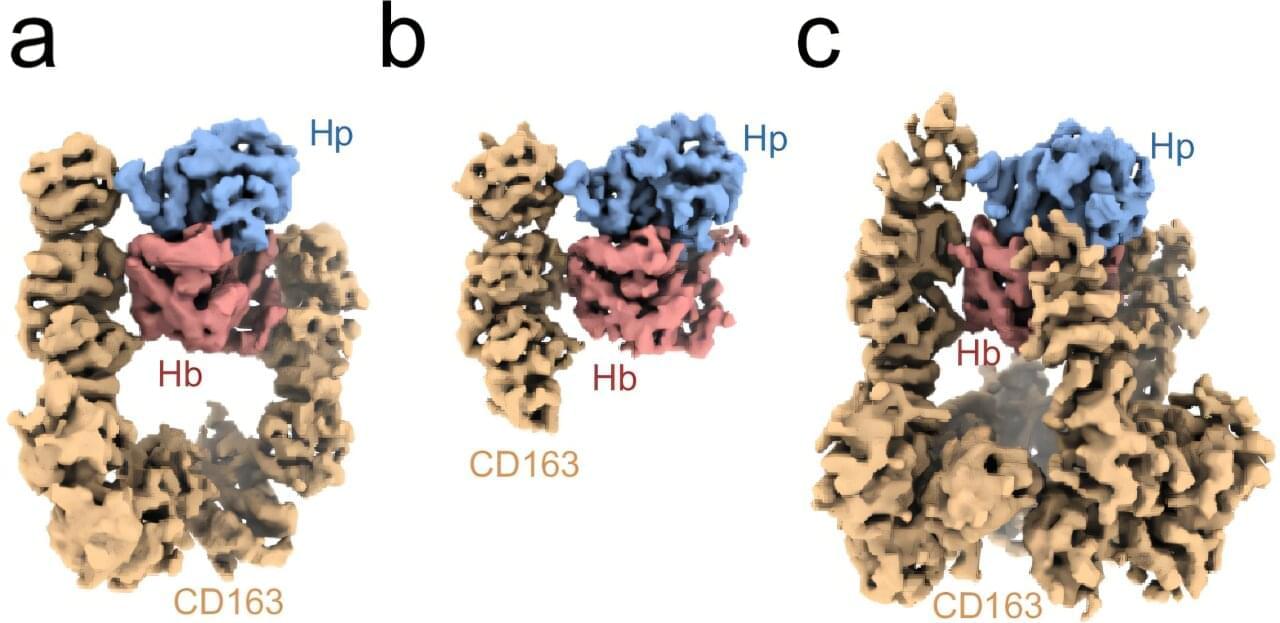
Critical blood defense receptor CD163 mapped for first time
CD163 might not be the most exciting name in the world, but behind it lies one of the body’s most important defense receptors, which steps in when red blood cells break down and release harmful hemoglobin. Now, researchers at Aarhus University are the first in the world to have mapped how CD163 functions. The findings are published in the journal Nature Communications.
When infections such as malaria take hold in the body, red blood cells can be severely affected and risk breaking down. When that happens, hemoglobin is released into the bloodstream, potentially causing oxidative damage.
The damage occurs because cells are exposed to reactive oxygen molecules, which form in the bloodstream when oxygen comes into contact with free hemoglobin. If the body is exposed to excessive oxidative damage, it can cause blood vessel damage, kidney failure, inflammation, blood clots and cell death in vital organs.